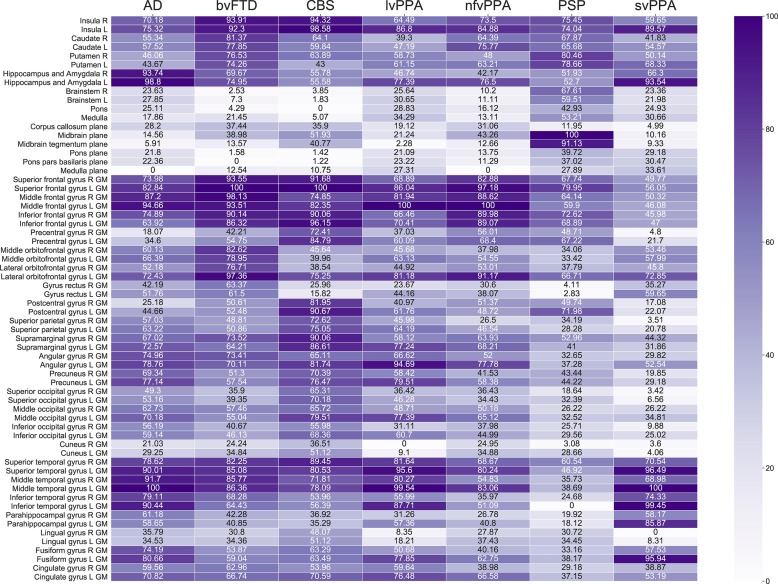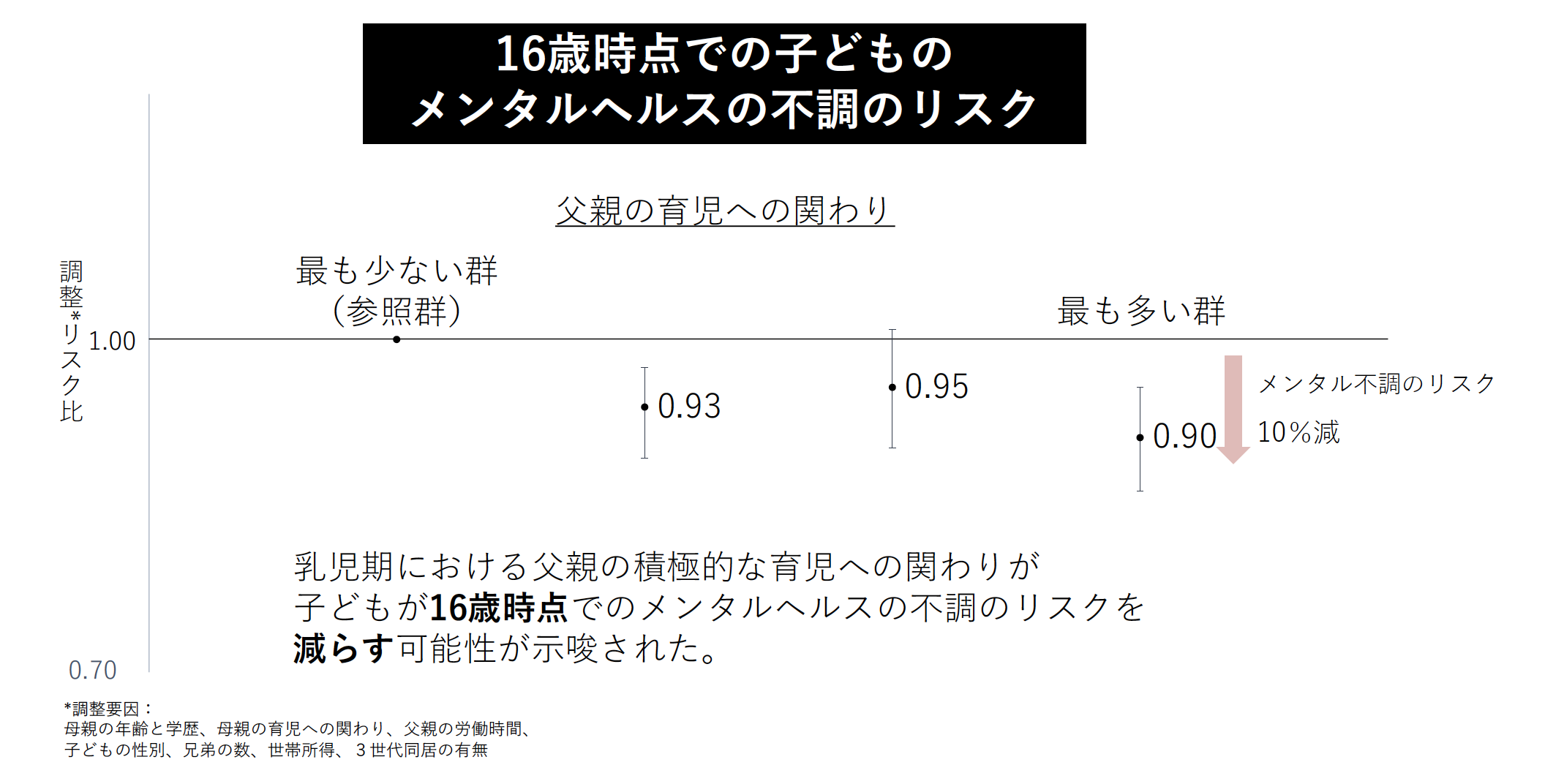早期診断と個別治療が可能になる新発見 New findings enable early diagnosis and individual therapy
2023-01-11 マックス・プランク研究所
マックス・プランク人間認知脳科学研究所で研究を行い、ライプチヒ大学医療センター認知神経科クリニックでコンサルタント精神科医として働くマティアス・シュレーターは、こう説明する。「患者さん一人ひとりの病状に合わせた治療を行うために、正しい診断が必要である。しかし、神経変性疾患の中で最もよく知られ、記憶障害を特徴とするアルツハイマー型認知症以外にも、異なる治療法を必要とする疾患は非常に多く存在します。」
彼らの研究で、Schroeterと彼の同僚Leonie Lampeは、ライプチヒ大学医療センターとドイツの他の臨床センターの患者の脳の構造を分析するために、磁気共鳴画像(MRI)を使い、新しい人工知能と機械学習の技術を用いて、これらの疾患を自動的に検出しました。このようにして、稀なタイプの認知症も早期に発見できることを示すことができました。また、記憶障害を伴うアルツハイマー型認知症の患者さんに加え、言語や性格、運動能力の変化を特徴とする他の多くの疾患も対象としています。「これまでの研究と比較して、健康な人と比べて病人を非常によく識別できただけでなく、他の認知症疾患と比較して特定の疾患を識別することができました。これは、患者さん一人ひとりの病状に合わせた治療法を実現するための決定的な一歩です」とMatthias Schroeterは総括しています。
この研究は、Sächsische Aufbaubank(SAB)のeHealth Saxイニシアチブの枠組みの中で、ザクセン州議会が可決した予算に基づく税金で共同実施されたものです。
<関連情報>
- https://www.mpg.de/19728729/0111-nepf-ai-detects-rare-forms-of-dementia-149575-x
- https://www.sciencedirect.com/science/article/pii/S2213158223000098
多心的ボリュームMRI画像に基づく異なる認知症症候群の多クラス予測。 Multiclass prediction of different dementia syndromes based on multi-centric volumetric MRI imaging
Leonie Lampe,Hans-Jürgen Huppertz,Sarah Anderl-Straub,Franziska Albrecht,Tommaso Ballarini,Sandrine Bisenius,Karsten Mueller,Sebastian Niehaus,Klaus Fassbender,Klaus Fliessbach,Holger Jahn,Johannes Kornhuber,Martin Lauer,Johannes Prudlo,Anja Schneider,Matthis Synofzik,Jan Kassubek,Adrian Danek,Arno Villringer,Janine Diehl-Schmid,Markus Otto,Matthias L.Schroeter
NeuroImage: Clinical Available online :5 January 2023
DOI:https://doi.org/10.1016/j.nicl.2023.103320

Highlights
- •Diagnosis of dementia is challenging – especially in rare / orphan syndromes.
- •Classifiers were developed for seven dementia syndromes in 477 subjects using MRI.
- •Focus on frontotemporal lobar degeneration syndromes, and Alzheimer’s disease.
- •SVM performed optimal in classification vs controls, reasonable in multi-syndromes.
- •Automated methods for MR imaging are ready for translation to clinical routine.
Abstract
Introduction
Dementia syndromes can be difficult to diagnose. We aimed at building a classifier for multiple dementia syndromes using magnetic resonance imaging (MRI).
Methods
Atlas-based volumetry was performed on T1-weighted MRI data of 426 patients and 51 controls from the multi-centric German Research Consortium of Frontotemporal Lobar Degeneration including patients with behavioral variant frontotemporal dementia, Alzheimer’s disease, the three subtypes of primary progressive aphasia, i.e., semantic, logopenic and nonfluent-agrammatic variant, and the atypical parkinsonian syndromes progressive supranuclear palsy and corticobasal syndrome. Support vector machine classification was used to classify each patient group against controls (binary classification) and all seven diagnostic groups against each other in a multi-syndrome classifier (multiclass classification).
Results
The binary classification models reached high prediction accuracies between 71 and 95% with a chance level of 50%. Feature importance reflected disease-specific atrophy patterns. The multi-syndrome model reached accuracies of more than three times higher than chance level but was far from 100%. Multi-syndrome model performance was not homogenous across dementia syndromes, with better performance in syndromes characterized by regionally specific atrophy patterns. Whereas diseases generally could be classified vs controls more correctly with increasing severity and duration, differentiation between diseases was optimal in disease-specific windows of severity and duration.
Discussion
Results suggest that automated methods applied to MR imaging data can support physicians in diagnosis of dementia syndromes. It is particularly relevant for orphan diseases beside frequent syndromes such as Alzheimer’s disease.



